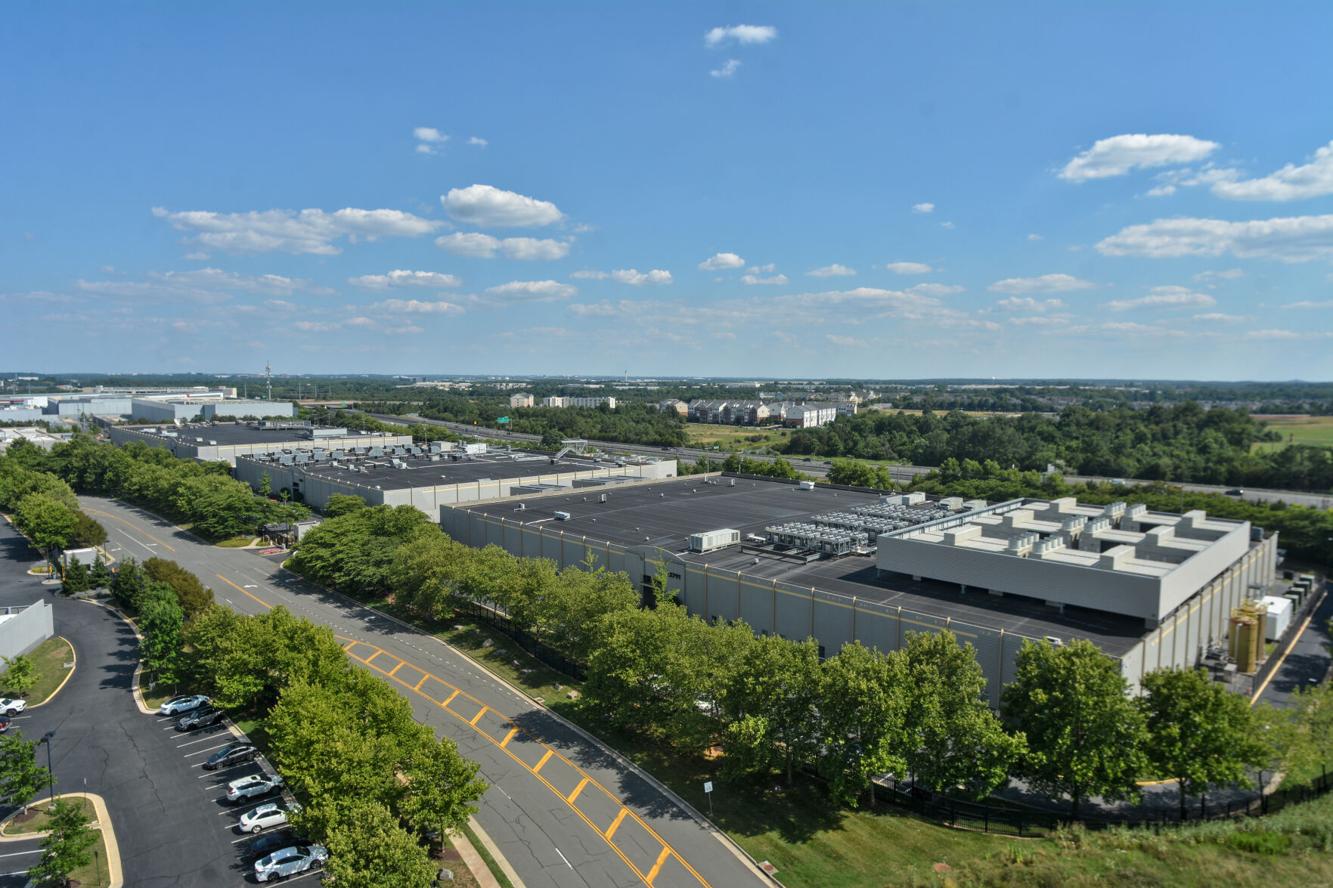The rapid growth of data centers in Virginia has sparked significant discussions among state leaders regarding the implications for energy demand, infrastructure, and environmental sustainability. A recent report from the Joint Legislative and Audit Review Commission (JLARC) sheds light on the challenges posed by this expansion, emphasizing the need for strategic planning to balance economic benefits with energy requirements.
The Economic Impact of Data Centers
Data centers have become a cornerstone of Virginia’s economy, generating substantial local tax revenue and supporting a significant number of jobs. According to JLARC Staff Director Hal Greer, the industry has created an average of 74,000 jobs, contributing approximately $5.5 billion in annual labor income and adding $9.1 billion to the state’s economy. During construction phases, a single data center can employ up to 1,500 workers, spanning various trades from construction to electrical work.
However, this economic boon comes with challenges. The surge in data centers correlates with an unprecedented increase in energy demand. Mark Gribbin, project leader for JLARC, noted that unconstrained power demand in Virginia is expected to double over the next decade, primarily driven by the expansion of data centers, which now consume far more energy than their predecessors. For instance, a small 18-megawatt facility can use as much power as 60 large office buildings or 4,500 homes.
The Challenge of Energy Demand
The report indicates that meeting this rising demand will require a staggering 150% increase in state generation capacity and significant enhancements in transmission infrastructure. This includes building new natural gas plants and solar facilities at double the anticipated rate for 2024. Gribbin highlighted that accommodating this demand would necessitate adding new transmission lines, particularly in Northern Virginia where data centers are concentrated.
Utility providers face a dual challenge: they must serve new data center customers while ensuring reliable power delivery. In Loudoun County, for example, Dominion Energy has warned potential high-demand users to expect waiting periods of four to seven years for power connections. This situation underscores the importance of regulatory frameworks that allow utilities to manage new load additions effectively.
Cost Implications for Ratepayers
As the demand for energy escalates, concerns about costs are mounting among ratepayers. Gribbin explained that while current costs are primarily borne by data center customers, the overall system-wide costs are likely to rise due to increased infrastructure needs. Projections suggest that generation and transmission costs could soar by $10 billion to $18 billion by 2040, largely due to growing data center demands.
The average monthly bill for Dominion Energy customers is currently around $90, but under unconstrained load growth scenarios, this could increase by $23 by 2030 and $37 by 2040—not accounting for inflation. Such increases could place additional financial burdens on households and businesses across Virginia.
Environmental Concerns
The report also addresses environmental issues related to data centers, particularly regarding their proximity to residential areas and their water usage. Data centers require substantial water resources for cooling systems; however, most facilities use comparable amounts or less water than large office buildings. Gribbin noted that water usage accounts for less than 0.5% of total state withdrawals and is regulated by the Department of Environmental Quality (DEQ).
Moreover, backup generators used by data centers emit pollutants but operate infrequently due to strict regulations. In fact, emissions from these generators accounted for only 7% of the permitted ceiling in 2023.
Recommendations for Future Action
In light of these findings, JLARC proposed eight recommendations aimed at addressing the challenges associated with data center growth. Key suggestions include:
- Allowing large energy users to claim credits for purchasing solar and wind energy.
- Requiring utilities to establish demand response programs tailored for large data center customers.
- Directing Dominion Energy to develop plans addressing generation and transmission infrastructure costs.
- Empowering local governments to consider water usage estimates when making rezoning decisions.
- Implementing sound modeling studies for data center projects near residential areas.
These recommendations aim to strike a balance between fostering economic growth through data centers while mitigating their environmental impact and ensuring energy reliability.
Conclusion
As Virginia navigates the complexities introduced by its burgeoning data center industry, proactive measures will be essential in managing energy demands and infrastructure development. The upcoming General Assembly session will likely focus on these issues as legislators consider bills informed by JLARC’s comprehensive report. By addressing both the economic benefits and challenges posed by data centers, Virginia can work toward a sustainable future that supports both growth and environmental stewardship.
For more on this topic, read Loudoun Now article
